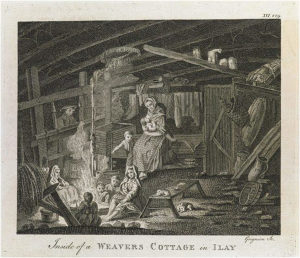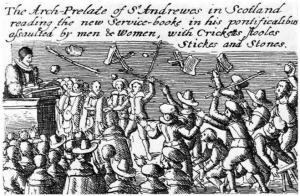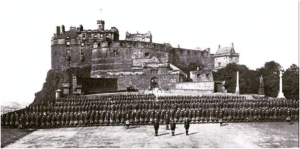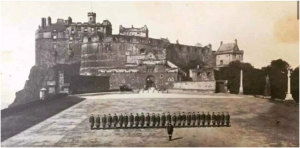The Scottish Highland Clans: Origins, Decline and Transformation
University of Glasgow

Discover the important history of the Highland clans
The Highland, Gaelic speaking clans are a vital part of Scotland’s history. They also shape how the world imagines Scotland today.
This course uses the expertise of University of Glasgow academics to explain the structure, economy and culture of the clans. It covers the centuries between the fall of the MacDonald Lords of the Isles in 1493 until around 1800, when the clans dissolved away as a result of social economic change. It then discusses how the legacies of clanship shaped global images of Scotland up until the present.
What topics will you cover?
- Week 1: Defining the Clans: Meet the chiefs and the clan gentry. See how different forms of family, kinship and strong links to land helped bind a clan together. Learn about the ‘professional clans’, those families who provided bards, doctors and judges for Scottish Gaelic society. Explore how archaeology and history can help explain the castles, churches, defensive sites and overall function of the clans.
- Week 2: Clan Society and Culture: Explore daily life for ordinary people living under the authority of the chiefs. Using the case study of the Macgregors and Campbell, learn why and how clans feuded, and what made the Scottish Crown seek to ‘civilise’ the Highlands? Learn about Gaelic musical culture, poetry and dress. Discover how clan involvement in the religious and civil wars of the seventeenth century was high profile and traumatic. Lastly, consider how new cultural and social-economic changes resulted in a slow decline of the clans as a form of community.
- Week 3: Decline and Transformation: Assess the debates around clan involvement in the Jacobite risings between 1689 and 1746. Discover the latest thinking on the Battle of Culloden and the ‘Clearances’. Finally, appreciate how the literature of Walter Scott, the romantic poets, as well as Highland Games, theatre and film reinvented the clans as a romantic Scottish and global emblem.

This free 3 week online course is readily accessible and free by accessing the following link:
https://www.futurelearn.com/courses/the-highland-clans
Clan Cameron NSW Vice-President John Cameron and wife Lynne and the writer have accessed this course and we have found it very informative.
Parts can be skimmed over if needed.
Historic Environment Scotland (HES)
Learn at Home initiative
Historic Environment Scotland has launched free online learning resources to help support home educators and learners during the Coronavirus lockdown.
While seemingly mainly aimed at young people and educators there is something here for everyone interested in bettering their knowledge and understanding of things Scottish I believe.
The Learn at Home resource areas are:
- Welcome
- Gaelic
- Play
- Make and Create
- Draw and Colour
- Explore
- Investigate
- Educators’ Area
While primarily aimed at educators and young people I’m sure that you will find something of interest here. After all, we all probably aim to be better educated at whatever level!
Access to SCRAN (Learning Culture Heritage) is also free until 31 July but I didn’t find this all that useful or easy to access.
SCRAN is a volunteer organisation that aims to provide educational access to digital materials representing Scottish culture and history.
https://www.historicenvironment.scot/learn/learn-at-home


